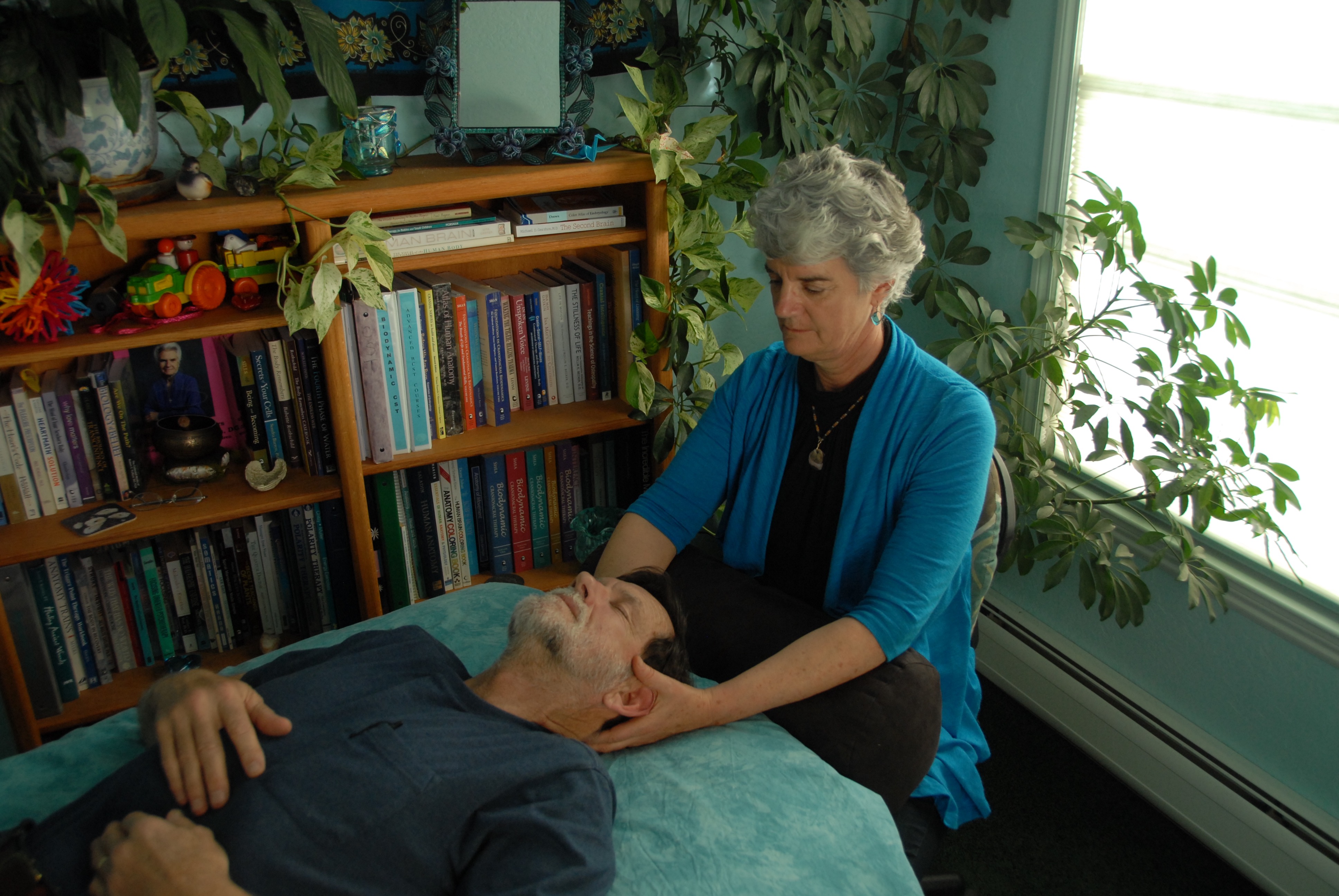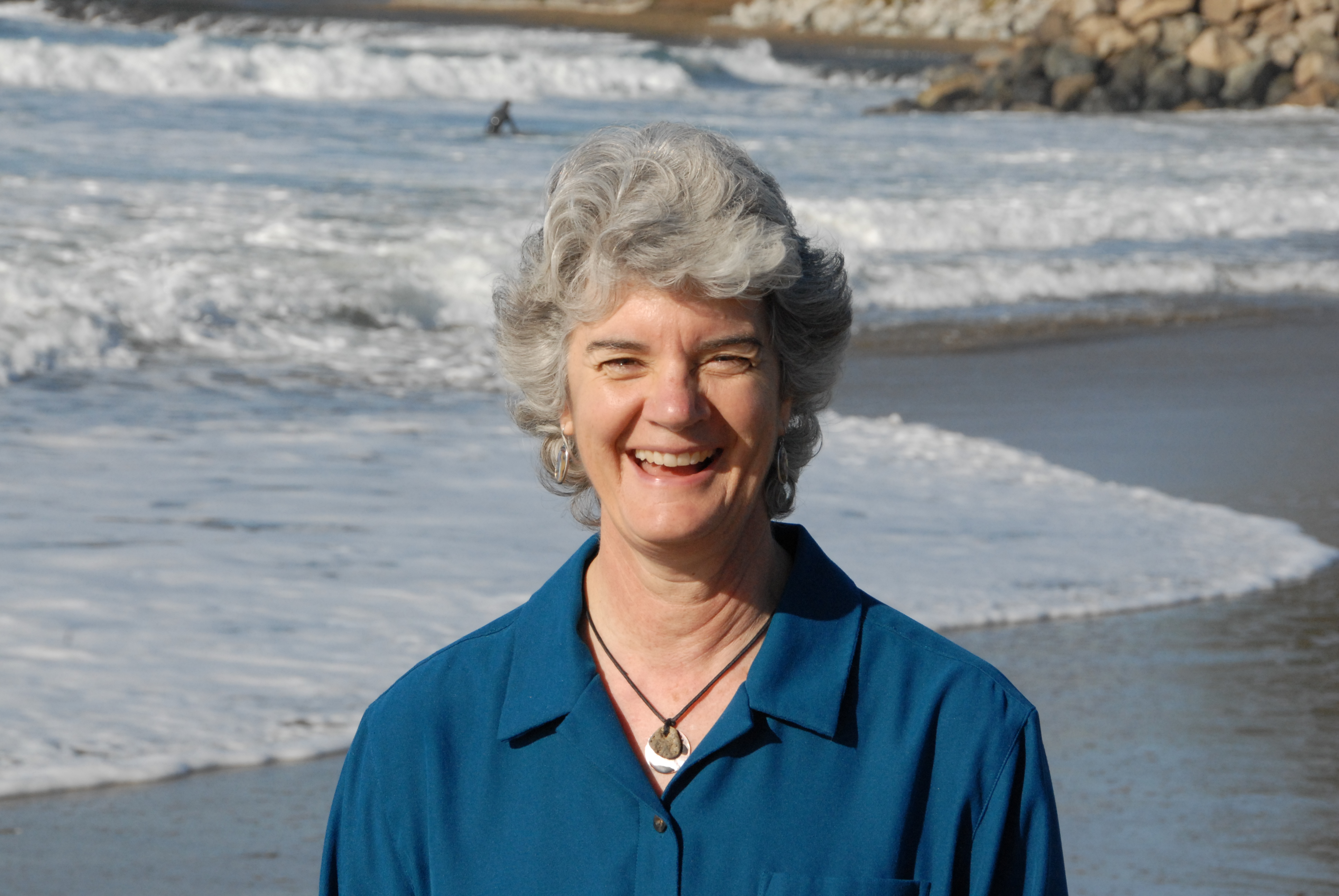Biodynamic Craniosacral Therapy:
Benefits for a Lifelong Profession
by Robyn Michele Jones, MA, CMT, RCST®
Published in MASSAGE Magazine, August 2019
The Real Question:
Are you ready for the next step in your personal healing and professional growth? Are you interested in learning how blending the practical skills of Biodynamic Craniosacral Therapy (BCST) with your other modalities can offer a more complete support to your clients and extend your career for many years to come?
What Your Colleagues and Their Clients Say
Massage therapists report that the addition of BCST skills to their practice:
-
greatly enhances satisfaction in their work, providing a greater variety and depth
-
multiplies their client’s results exponentially
-
allows them to see more clients per day
-
empowers them to support a wider population of clients
-
provides a greater income
Clients of Biodynamic Craniosacral Therapy report:
-
gentle and natural release of stress and trauma held in the system
-
resolution of chronic issues
-
rapid promotion of injury recovery and restoration of resiliency
-
deep relaxation during sessions and improved quality of sleep afterward
-
a greater sense of coherence, emotional stability and overall well-being
-
profound transformation across all areas of their lives
How Does BCST Work?
Biodynamic Craniosacral Therapy garners these results because it is a whole being therapy.
BCST practitioners support healing at its core level. They work within an awareness that the energetic, fluid, and tissue systems are a deeply interlaced web. By understanding and addressing this web directly, BCST practitioners meet their clients as a whole being. Based on the late in life teachings of founder and osteopath Dr. W. G. Sutherland, BCST is a subtle approach to Craniosacral Therapy. It is a highly effective, fully-clothed modality.
Because of its focus on wholeness, BCST promotes resolution and integration of the physical, emotional, mental, and spiritual aspects of the client’s dis-ease. What sets this work apart from other craniosacral practices, and is the foundation for all biodynamic training philosophy, is focus on the Inherent Treatment Plan - a healing process that organically unfolds from within the client’s system - rather than a plan or protocol that comes from the practitioner. We yield to and support the system’s innate capacity to heal itself. By taking cues from the client’s system on how the session is unfolding, we follow the direction and pacing of inherent healing forces as they emerge in each session. When given the optimal container of safety, relational warmth, present moment attention, and spaciousness, there is a natural unfolding and return to health and balance.
“Life heals itself given the right conditions.”
Dr. A.T. Still, founder of Osteopathy

What is Biodynamic Craniosacral Therapy?
Massage Therapy utilizes a variety of touch, accessing the musculoskeletal system to support the client; BCST utilizes gentle, still touch accessing the craniosacral system to support the client.
The craniosacral system is defined as:
-
the dura (the connective tissue surrounding the central nervous system)
-
the central nervous system (brain, spinal cord, and cerebrospinal fluid)
-
the directly connected bony and ligamentous structures (cranium, spine, and sacrum)
Variations of craniosacral work can be found in healing systems throughout the world. In current Western practice there have emerged many streams, from cranial osteopathy to various forms of craniosacral therapy. All these originated from Dr. Sutherland’s teachings at various stages of his career.
Early in his practice, Dr. Sutherland became aware of subtle movements in the craniosacral system driven by pulsatory rhythmic pressures in the cerebrospinal fluid surrounding and supporting the central nervous system. What he palpated is a gentle tide-like motion - that rises and swells toward the cranium and then recedes and pools toward the sacrum. Because the body is a fabric of connection, our whole system rises and expands,then recedes and narrows with these rhythms.
In the beginning, Dr. Sutherland treated his patients in a biomechanical manner - assessing imbalance in the movement of structures and gently manipulating them into place in rhythm with the cranial rhythmic impulse (short tide). As he deepened in the work, he began to perceive even slower and more basic rhythms.
In BCST these slower rhythms are our focus.
Sutherland found that the potency of the tidal movement within the system was a more powerful force for healing than any outside force he could apply. He also discovered the profound regenerative state that would happen when the tides would rest in stillness. Through transformative experiences later in life, he felt he was face-to-face with an alive, intelligent, and aware presence that was infusing and breathing potency into all living systems. He called this The Breath of Life. BCST was born of this appreciation shared during the last 6 years of his life. BCST practitioners focus primarily on the potency of the Breath of Life that drives all the tides, that in turn infuse the fluids and tissues with health.
In BCST the larger intelligence of The Breath of Life guides each session.
BCST is an art and therapy that is continuing to evolve. After his passing in 1954, students and colleagues of Dr. Sutherland continued to develop and share the work. There are now many approaches based on these basic principles flourishing all over the world. In the 1980’s, Franklyn Sills brought together his many studies including Osteopathy, Polarity, Buddhism, and Pre & Perinatal Therapy to bring forth his current teachings of BCST. Sills stresses the importance of compassionate and present-moment practitioner relational skills for setting the tone for inherent healing forces to emerge.
The training and practicing of BCST is a transformative process both personally and professionally. Because the work is sustainable and regenerative for the practitioner, many therapists have found BCST to be work they can do well into their older years. It is easy on the body, endlessly stimulating to themind, and every time you give a session you also receive the benefits of being in a quiet and meditative state.
The core of practicing this work is the continuing development of subtle perceptual skills based on a deepening ability to settle one’s own nervous system and to rest in resonant relationship. This practice is life changing both personally and professionally. It necessarily demands an open commitment to learning and surrendering to the mystery of healing. To give and receive this work is to humbly engage with a continually profound and transformational way of being.
How Do I Learn More About This Work?
The best way you learn more about BCST is to experience it first hand for yourself! This is the best way to understand the depth and breadth of this work. Find a practitioner at: https://www.craniosacraltherapy.org/finding-a-practitioner
Read more about this work including testimonials at: https://www.craniosacraltherapy.org/faq
Find an introductory class: https://www.craniosacraltherapy.org/introductory-courses
Video link: https://www.youtube.com/watch?v=jtz4lmq0m-M
Podcast by the author: http://www.craniosacralpodcast.com/episode-85/

Robyn Michele Jones, teacher, and president of the Biodynamic Craniosacral Therapy Association of North America, practices in Santa Cruz, CA. A CMT since 1984, she is deeply drawn to the fluid interface between the energetic and physical, and is passionate about working with the body as a web of wholeness.
|